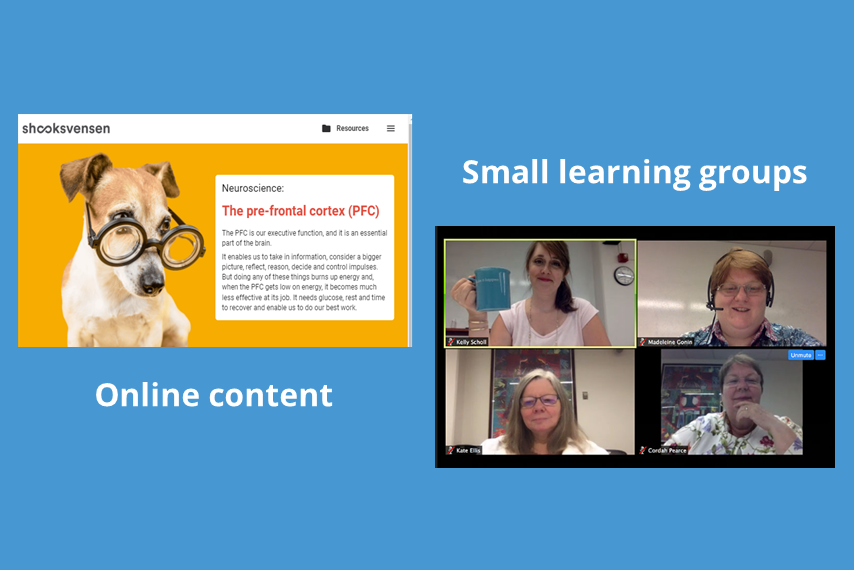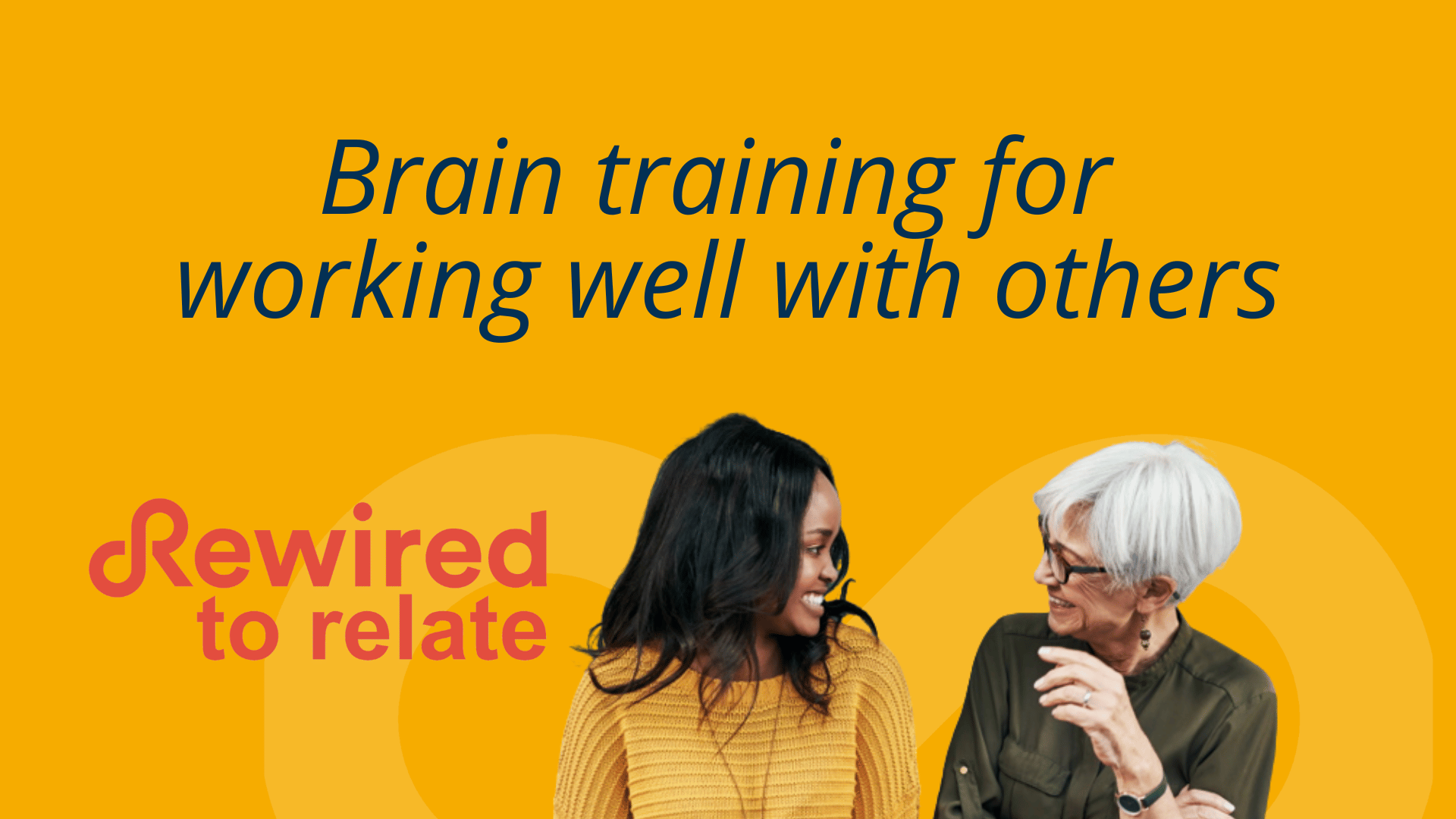
4 tips for blended learning programmes
During the pandemic, when most people worked from home, we quickly became at ease with Zoom and MS Teams for meetings and learning programmes.
Learning programmes also had to go online, and the internet has since exploded with virtual offerings.
Besides ruining our eyes and posture, online work was tiring. We also missed direct human connection. After almost two years of working from home, people were ready to get back to the office and interact with others in person, albeit with a little awkwardness.
But a lot of people still work from home for a significant amount of time. Some people moved away from a city to have more breathing space and cheaper housing. Some organisations hired people from other locations because it didn’t matter where they were located. Others found that working from home fitted better with the demands of family life.
When we started coming back to the office, there was a debate about working from home vs being in the office, a debate that has still not resolved itself. Some companies demand their workers come to the office, others see that flexibility is needed. Teams are far more distributed than they were pre-2020.
Should training be in person or virtual?
Because of all the changes and fluid movement between being at the office vs working from home, it’s harder to get a group of people together in the office for a focused learning programme. People are more stressed now than in pre-pandemic times and this is having an impact on our ability to learn. Consider these:
- Increasing uncertainty levels create feelings of instability which means people are more stressed and less able to focus.
- High levels of cortisol (the stress hormone) stress our memory areas making it harder to remember and learn something new.
- More stress means that people are more sensitive; they feel more vulnerable which makes it harder to try something new in front of others and they are more sensitive to feedback about their attempts.
- Our attention spans have shortened, partly because there are too many things that are vying for our attention and the time we spend on social media and watching TikTok videos has trained our brains to expect new stimuli every few minutes and without it, we lose focus.
All of these influences (among others) mean that it’s hard for people to focus on learning for a significant period of time, unless the learning adapts to our brains’ abilities. We need to work with the attention spans of our learners, their heightened sensitivity to a learning environment and perhaps, their levels of anxiety.
What can we do?
Here are four tips for how to create learning in this current milieu.
- Don’t spend in-person time on lectures that could be done online; put content online.
- Keep content short: bite-sized learning (one concept at a time) works for how we learn, especially with short attention spans and stressed brains.
- Come together as a group to discuss, deepen the learning and practise. Make these sessions active, engaging and even provocative.
- Ensure psychological safety: create agreements so learners feel safe and give them space to try something new without feeling criticised.
At shooksvensen, we have found a formula that works well for our learners.
- Content is online, in short chapters with a variety of modes of learning through very short written pieces, quizzes, videos and thought-provoking questions. Fortunately, there are a lot of options for online authoring programmes and experts that can help create great programmes.
- We only offer programmes for cohorts of people. They follow a schedule so they can stay on track – people do need structure. But they have autonomy about when they absorb the online material.
- We leverage social learning by having small learning groups come together and discuss what they learned. Learners report that this is the most useful part of the programme. We do this virtually, but it could also be done in person. These groups naturally support accountability for everyone in the group.
- We ask the groups to create agreements to ensure that they build psychological safety and trust from the beginning. When we run programmes in-house, we strongly suggest that the people in these learning groups are not adversaries in any way.
We don’t know what the future will bring. But it certainly looks like online learning is here to stay. For those of us who provide learning, we need to stay awake to what people need and how they will best absorb learning.
What is Rewired to Relate?

To learn more about our online learning approach, come to one of our free webinars, What is Rewired to Relate?
more info